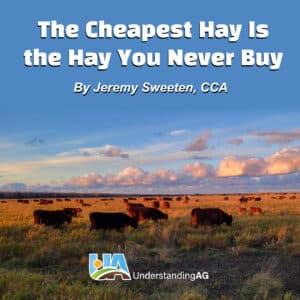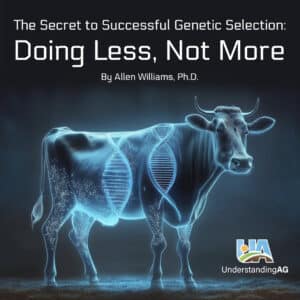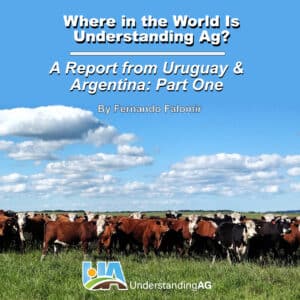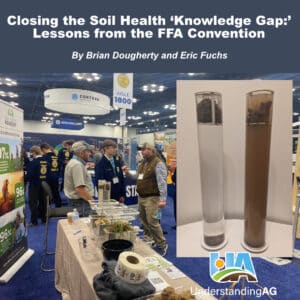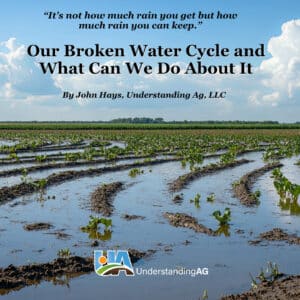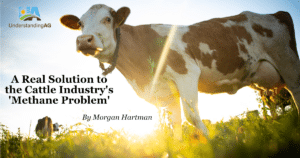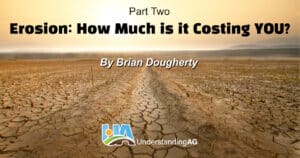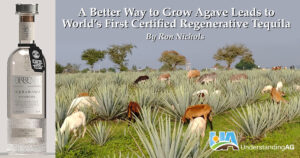From Our Experts
The Cheapest Hay Is the Hay You Never Buy *Additional management considerations for this article were provided by Kent Solberg, Understanding Ag, LLC Stockpiled Pasture Regenerative agriculture and adaptive grazing often focus on reducing inputs in an agriculture production system. In the following discussion, I would like to share some thoughts on how to add […]
Read MoreThis is part two of Fernando Falomir’s blog from his visit to South America consulting with Understaning Ag’s clients in Uruguay and Argentina. Something that is very prominent in the region is the rigorous animal selection process for grass-finished adaptive genetics. The relative lower margins per head in South America, has forced many producers to […]
Read MoreDuring the first six decades of my life, I have flip flopped on my thoughts regarding genetic selection for successful livestock operations. During my “growing up” years on my family’s farm, we did not use modern genetic selection tools and relied instead on a default natural selection with the fittest animals being the ones who […]
Read More“When I was a young kid, my grandfather had a painting of a Gaucho riding a horse at full gallop chasing down a cow in the Patagonia Steppe. The Gaucho was swinging a set of ‘boleadoras; above his head, which is the traditional tool to help them wrangle cattle. Ever since I first saw that painting, […]
Read MoreWe recently had the privilege of attending the National Future Farmers of America convention in Indianapolis, Indiana to represent Understanding Ag. Mingling with a sea of over 70,000 kids wearing the classic blue and gold FFA jackets with their home states emblazoned across the back is an unforgettable experience. It brought back memories of my […]
Read More“It’s not how much rain you get but how much rain you can keep.” As I write this in late Oct 2024, we have had no measurable rainfall for the entire month here in west-central Indiana. If you look at the August-through-October total rainfall here, we have not been this dry since 2010, and we’ve […]
Read MoreThe headline in The Washington Post article, published August 25, 2024, proclaimed “Scientists may have found a radical solution for making your hamburger less bad for the planet.” The article, written by Shannon Osaka and Emily Wright, examined research currently being conducted at the University of California-Davis using gene editing techniques on rumen microbes to […]
Read MoreIn part one, I outlined some of the societal challenges linked to soil erosion and poor soil function. Now let’s take a look at some of the economic costs and benefits of addressing erosion on farms and ranches. To determine the cost of erosion, first we must assign a value to soil. In truth, topsoil […]
Read MoreSoil erosion has been one of the most persistent challenges humanity has faced since the advent of agriculture over 10,000 years ago. Loss of productive capacity of the supporting land base contributed to the collapse of numerous civilizations during that time. Poor grazing practices and tillage were the main causes of land degradation historically and […]
Read More
